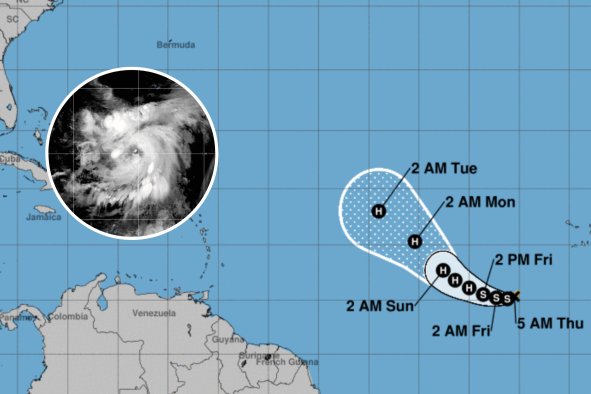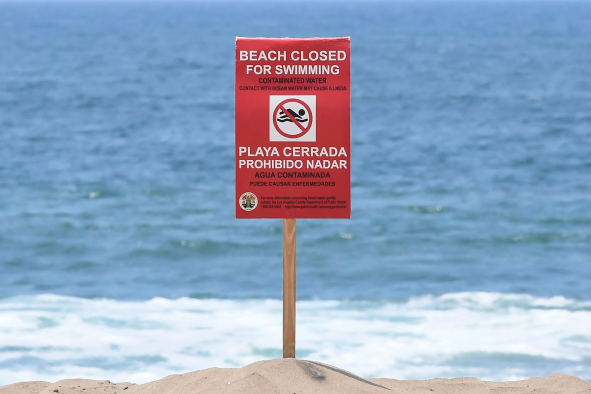The Northern Lights may make an appearance over the UK over the next couple of nights, after a series of solar flares erupted from the sun.
The Northern Lights, or aurora borealis, are caused by solar storms interacting with the Earth's atmosphere.
When solar storms react with atmospheric gases above our north and south magnetic poles, the result is beautiful displays of light in the sky, like the UK saw in May.
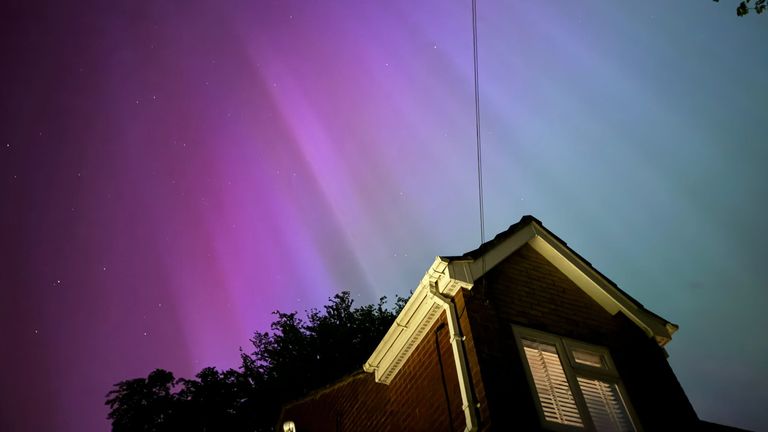
"Over the next couple of days, there's a chance that we could be seeing the Northern Lights, particularly across northern parts of Scotland in the north of England and Northern Ireland," Krista Hammond, a space weather expert at the Met Office, told Sky News.
"This is because there's the potential to see the arrival of a geomagnetic storm."
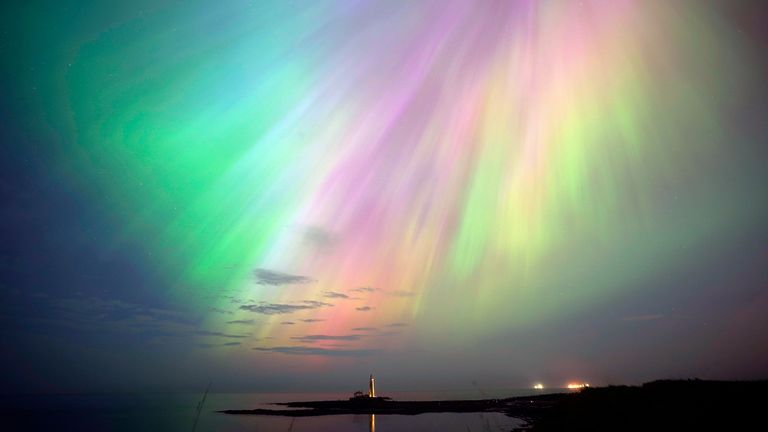
Earlier in the week, astronomers spotted two solar flares, which release plasma into space, coming from the sun - a process called a coronal mass ejection.
"Most of that will miss the Earth," said Ms Hammond.
Read more from science and technology:
'Most impressive comet of the year' to burn across sky
Students adapt Meta's smart glasses to dox strangers
Musk lashes out after 'summit snub'
"But there's a chance in the coming nights that we will clip the edge of these two mass ejections, which means you've got the potential for the storm which causes the Northern Lights," she added.
The UK has seen the Northern Lights more than usual in recent months because the sun is in a particularly active part of its cycle.
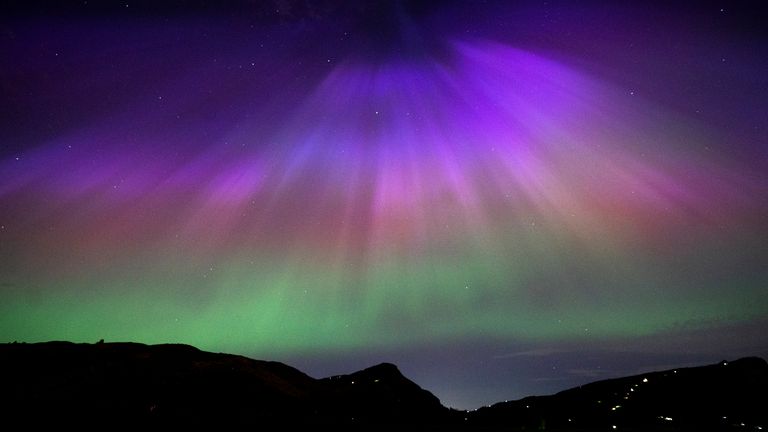
The cycle lasts around eleven years as its magnetic fields flip, according to Ms Hammond.
Read more: Stargazers share stunning images of aurora borealis
It is currently at the "solar maximum", meaning there are many more solar flares and solar storms - and the Northern Lights are appearing much further south than usual.
Keep up with all the latest news from the UK and around the world by following Sky News
Tap hereIt's hard to tell when the solar maximum is ending, so make the most of opportunities to spot the Northern Lights.
"You can't really tell that you've peaked until you're in the descending phase," said Ms Hammond.
"But it's estimated that solar maximum is about now to the start of next year."
Disclaimer: The copyright of this article belongs to the original author. Reposting this article is solely for the purpose of information dissemination and does not constitute any investment advice. If there is any infringement, please contact us immediately. We will make corrections or deletions as necessary. Thank you.

